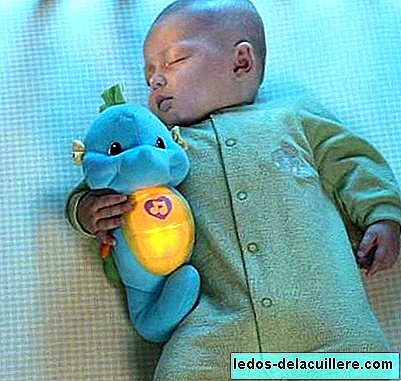
The World Health Organization recommends not starting with complementary feeding Until six months. Although there are no fixed rules regarding the order of introduction of food and these vary according to each country and even each pediatrician, one of the first foods usually given to babies are the cereals.
Cereals provide many of the nutrients that the child needs and must be given as a complement to the main food, which must remain the milk. But what cerales to buy? There are so many brands and so many varieties that we end up making a mess.
We all want them to be the best for the child, and moved because of that we acquire industrial cereals prepared specifically for them, some supplemented with vitamins or with a theoretical improvement over normal cereal. But they are not necessary.
They can be comfortable because mixed with milk they are prepared in an instant, but they are expensive and not necessary, much less daily as the basis of food. Cereals children can take without modifying them, and without adding sugar.
It should start, as recommended by the pediatrician, by gluten free cereals. In any trade you can buy Semolina rice, corn or tapioca. Or simply plain rice. The cooking is fast and we can have the peace of mind of offering a natural food, which are still the cheapest and are very healthy.
Later, when they can take gluten, it is not necessary to buy those enriched multigrain formulas. Children can take a wheat semolina soup or a piece of bread to go nibbling when they can do it. They are cereals, healthy and cheap.
A package of prepared cereals costs about three euros and we can also make 20 dishes of 250 grams. A 100 gram package of tapioca costs 85 cents. We can make with it about 20 dishes of 250 grams. If instead of tapioca we opt for rice, corn or wheat semolina or for a plate of cooked white rice, the cost is minimal, since prices do not reach the euro for a quarter-kilo package, with which you can prepare more of 40 dishes. In addition, the rationalization of shopping and cooking is much simpler if we prepare food that the whole family can take.
In summary, with simple products We can perfectly cover the nutritional needs without spending on an unnecessary product money or time, even if the advertising tells us that it is great.












